Chemical Hazard and Safety Analysis - Chemical Safety Analysis Tool
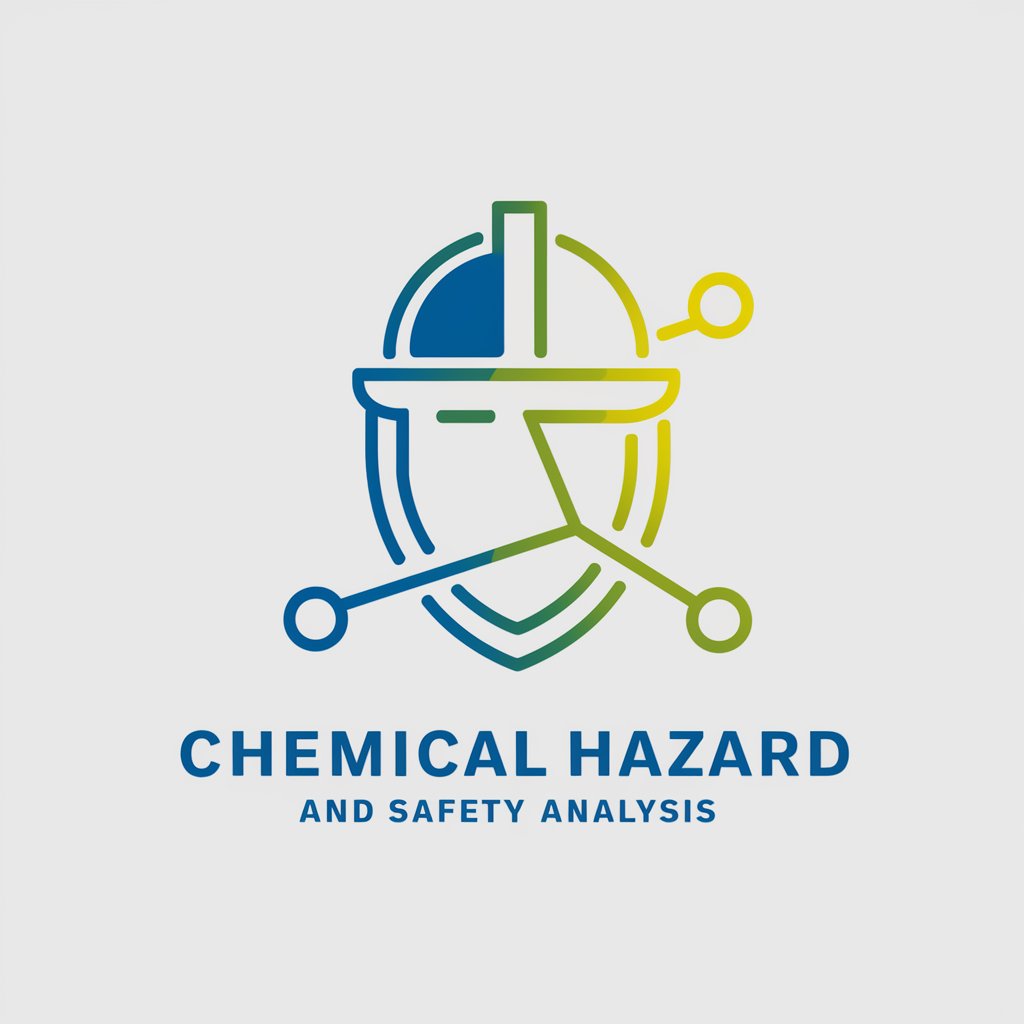
Welcome! How can I assist with your chemical safety analysis today?
Powering Safety with AI Analysis
Can you analyze the safety protocols for handling...
What are the potential hazards of combining...
How can we ensure compliance with safety regulations when using...
What are the best practices for storing and disposing of...
Get Embed Code
Overview of Chemical Hazard and Safety Analysis
Chemical Hazard and Safety Analysis focuses on the systematic evaluation and management of chemical risks in various environments, such as laboratories, industrial plants, and manufacturing processes. The core objective is to prevent chemical accidents, injuries, and environmental harm by identifying potential hazards associated with chemical processes and materials. For example, consider a chemical manufacturing plant that uses chlorine. An analysis might involve assessing the risks of chlorine exposure, potential chemical reactions, and containment failures. The outcome would guide the implementation of safety measures like proper ventilation systems, emergency protocols, and protective equipment requirements. Powered by ChatGPT-4o。

Key Functions and Applications
Risk Assessment
Example
Evaluating the risk levels associated with the use of hydrochloric acid in a school laboratory.
Scenario
In this scenario, risk assessment helps determine the necessary safety equipment (e.g., fume hoods, eye protection) and procedures (e.g., proper storage, handling guidelines) to minimize the risk of exposure and accidents.
Safety Compliance
Example
Ensuring a petroleum refinery complies with local and international safety standards such as OSHA and REACH.
Scenario
This function involves reviewing current operational practices, conducting safety audits, and implementing compliance measures to address potential violations and enhance overall safety at the facility.
Hazard Identification
Example
Identifying chemical reactivity hazards during the production of pharmaceuticals.
Scenario
Here, the focus is on pinpointing specific chemical interactions that could lead to dangerous reactions or releases. The analysis might lead to changes in process design, additional safety controls, or emergency response planning.
Environmental Safety Management
Example
Assessing the impact of chemical discharges on local ecosystems in a chemical plant.
Scenario
This includes monitoring effluents, analyzing their impact on aquatic life, and implementing treatment or reduction strategies to mitigate environmental damage.
Emergency Response Planning
Example
Developing an evacuation and response plan for a potential ammonia leak in a cold storage facility.
Scenario
Involves creating detailed action plans, setting up notification and communication systems, and training staff for quick and effective response to prevent injuries and limit environmental impact.
Target User Groups
Chemical Engineers and Safety Managers
These professionals are directly responsible for the design, operation, and maintenance of chemical processes and safety systems. They utilize Chemical Hazard and Safety Analysis to optimize process safety and ensure regulatory compliance.
Environmental Health and Safety (EHS) Professionals
EHS professionals focus on maintaining workplace safety and environmental compliance. They rely on these analyses to develop safety protocols, conduct training, and manage risks in workplace settings.
Regulatory Compliance Officers
Officers in this role ensure that organizations adhere to local, national, and international chemical safety regulations. Chemical Hazard and Safety Analysis helps them identify potential compliance issues and implement corrective actions.
Research and Development Scientists
Scientists in R&D use these analyses to understand the safety implications of new chemicals and processes they develop, ensuring that new innovations are safe for larger-scale production and usage.
Emergency Response Coordinators
These coordinators use Chemical Hazard and Safety Analysis to prepare for and manage chemical emergencies, such as spills or explosions, ensuring rapid and effective response to protect people and the environment.

Using Chemical Hazard and Safety Analysis
Initial Access
Visit yeschat.ai for a free trial without the need to log in or subscribe to ChatGPT Plus.
Define Objectives
Identify specific chemical processes or materials you need analyzed. This could include risk assessments for new products or compliance checks for existing chemical processes.
Input Data
Enter the chemical data, including substances, concentrations, and operating conditions into the system. Include safety data sheets (SDS) for all chemicals if available.
Analyze and Interpret
Utilize the tool's analysis features to evaluate the hazards, interactions, and compliance requirements. Pay attention to automated suggestions on mitigating risks and enhancing safety protocols.
Implement Recommendations
Apply the safety recommendations provided by the tool. This may involve adjusting chemical handling procedures, updating safety equipment, or training staff on new safety practices.
Try other advanced and practical GPTs
Chemical Engineering Laboratory I Tutor
Empowering Future Chemists with AI

Chemical Engineering Laboratory II Tutor
AI-driven Chemical Engineering Lab Insight

Statistics for Chemical Engineers Tutor
AI-powered Statistics Expert for Chemical Engineers
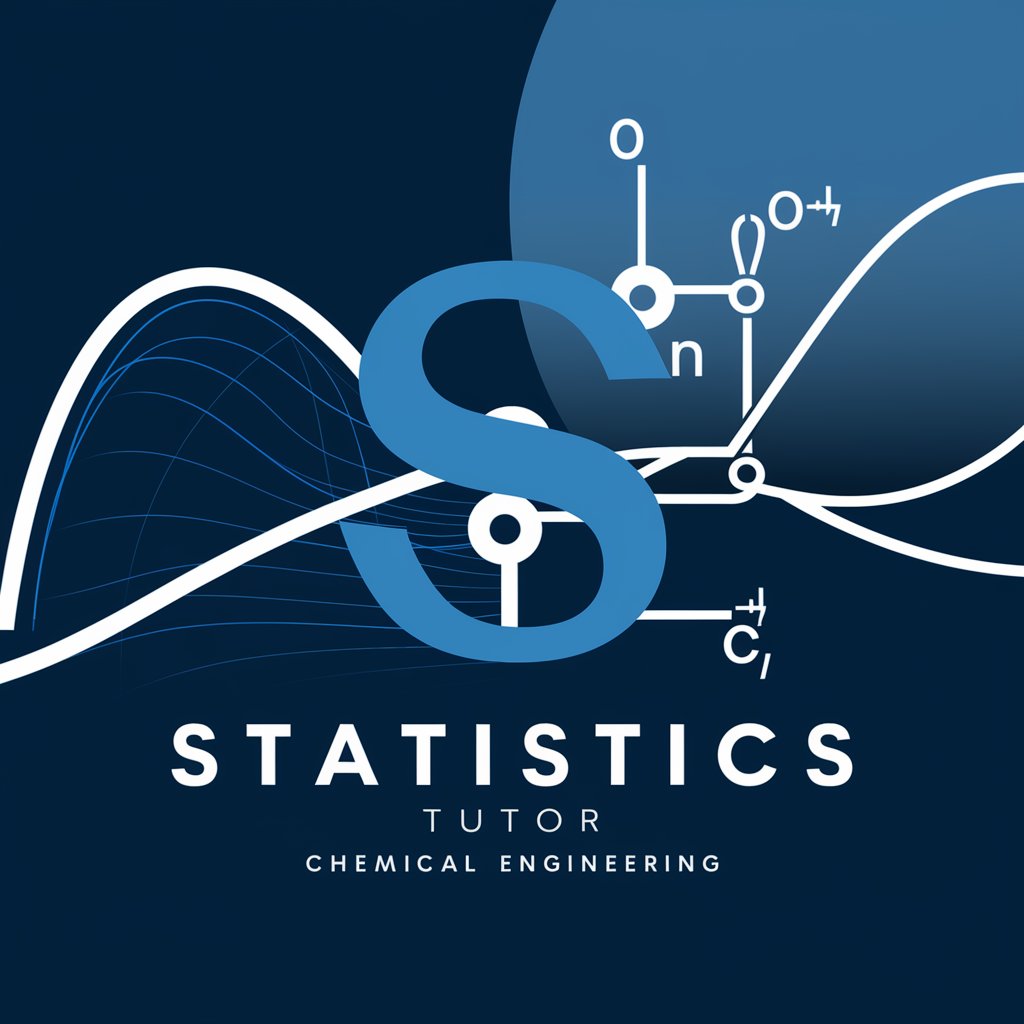
Chemical Plant Efficiency Optimizer
AI-Powered Chemical Process Enhancement
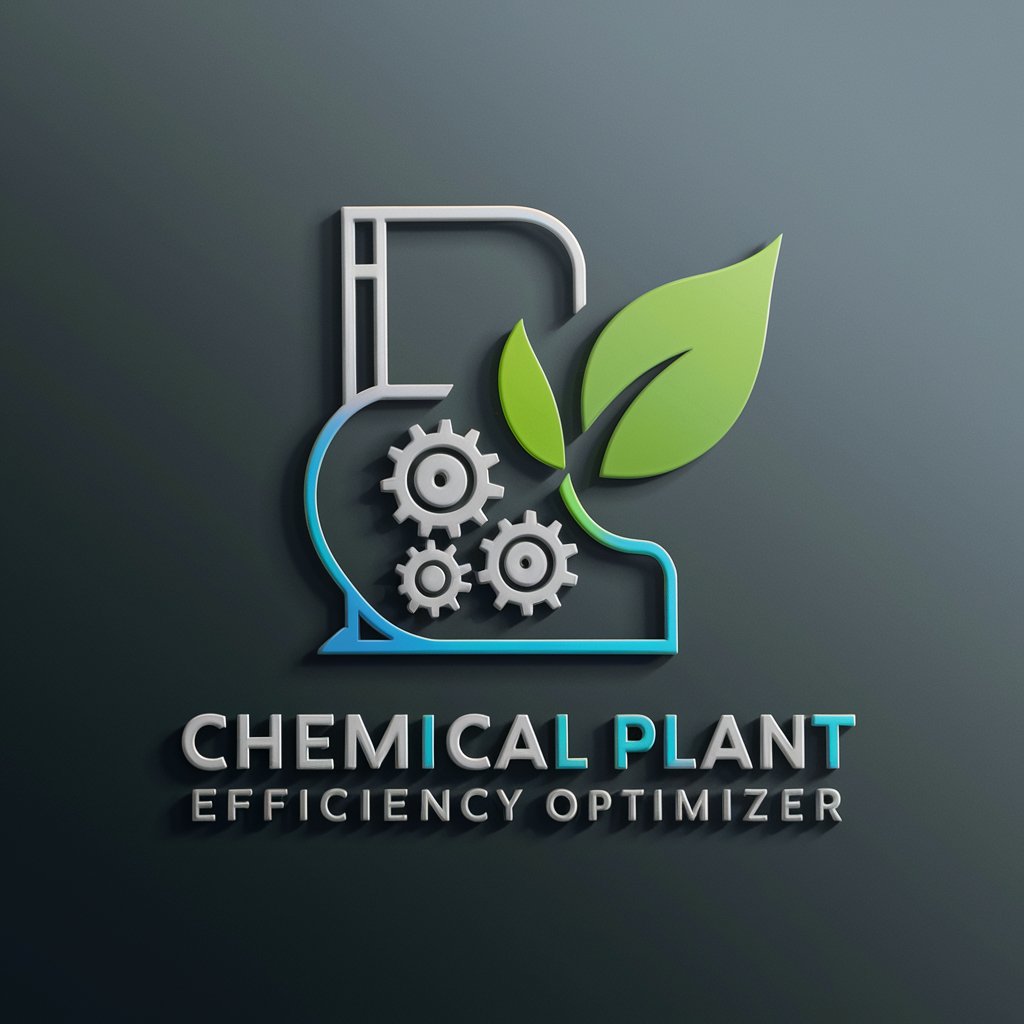
Chemical Communications Tutor
Unleashing AI for Chemical Insight

React Expert
Power Your Development with AI-Driven React Guidance

Chemical Technicians Assistant
Streamlining Chemistry with AI
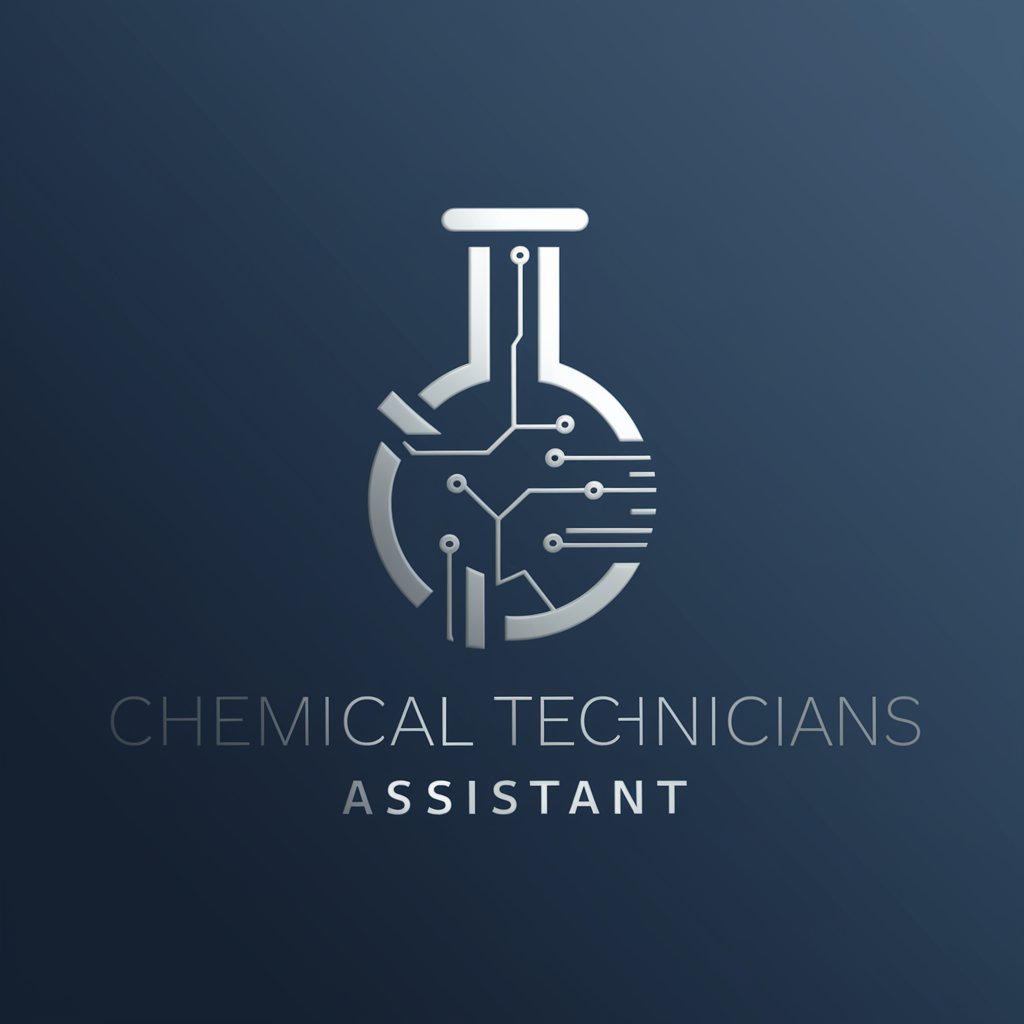
Chemical Engineering Thermodynamics II Tutor
Master Thermodynamics with AI

Chemical PE Exam Tutor
AI-Driven Chemical Engineering Exam Prep

Chemical Process Engineer - General
AI-powered Chemical Process Engineering Solutions
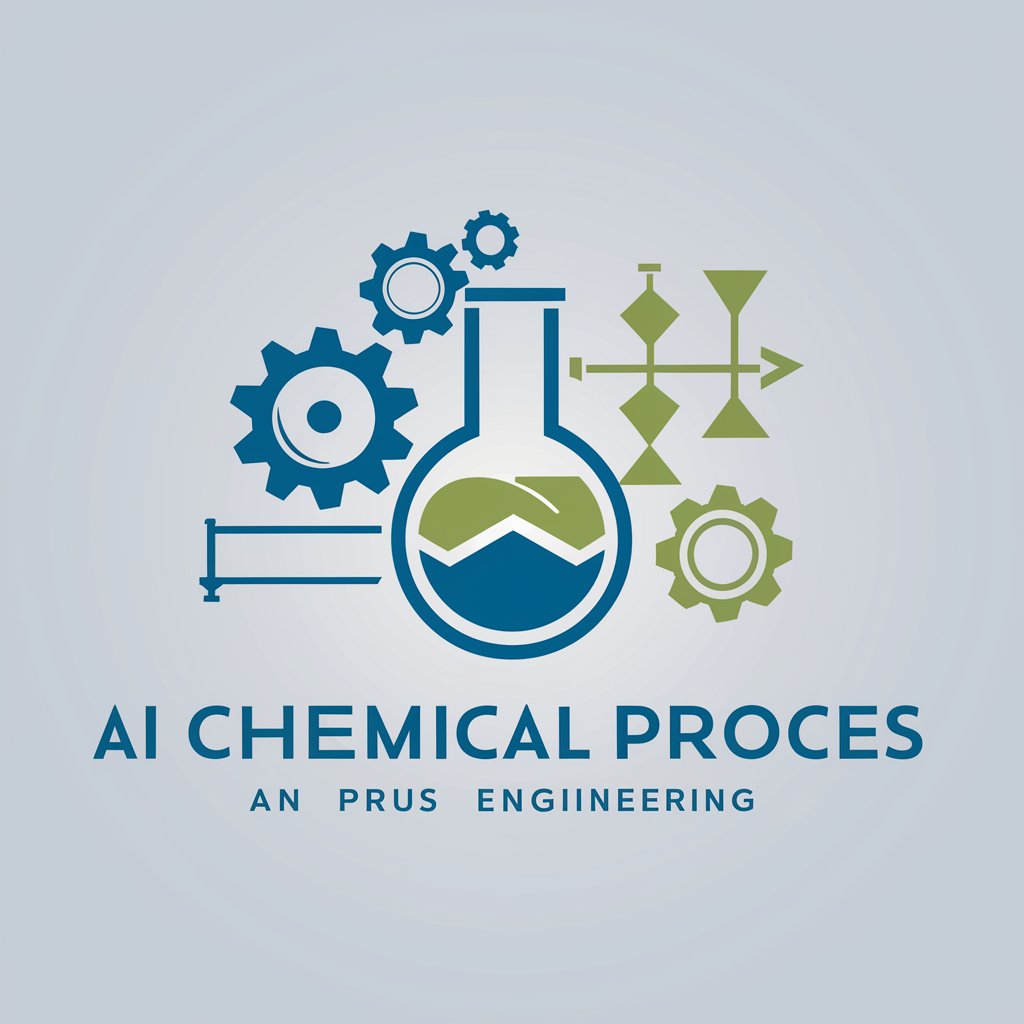
Chemical Engineering Design Tutor
Elevate Your Design with AI-Powered Engineering Insights

Press Rewriter
Elevate your text with AI-powered rewriting

FAQs on Chemical Hazard and Safety Analysis
What is Chemical Hazard and Safety Analysis?
It's a specialized tool designed to assess and manage the risks associated with chemical processes and materials. It provides insights into potential hazards, suggests safety measures, and ensures compliance with regulatory standards.
How does this tool help in complying with regulations?
The tool updates its database with the latest regulatory requirements and uses these to assess your chemical processes. It provides guidance on necessary adjustments to meet standards such as OSHA or REACH.
Can the tool predict chemical reactions?
Yes, it can predict potential chemical reactions based on the substances' properties and their interactions. This helps in anticipating hazardous reactions before they occur, enabling preventive measures.
Is there support for emergency response planning?
Yes, the tool offers features that help in developing emergency response strategies. It can suggest immediate actions and long-term strategies for dealing with accidental chemical releases or exposures.
What types of industries can benefit from this tool?
Industries such as pharmaceuticals, petrochemicals, manufacturing, and any others dealing with chemical substances can benefit. It helps these industries manage chemical risks and enhance safety protocols.
